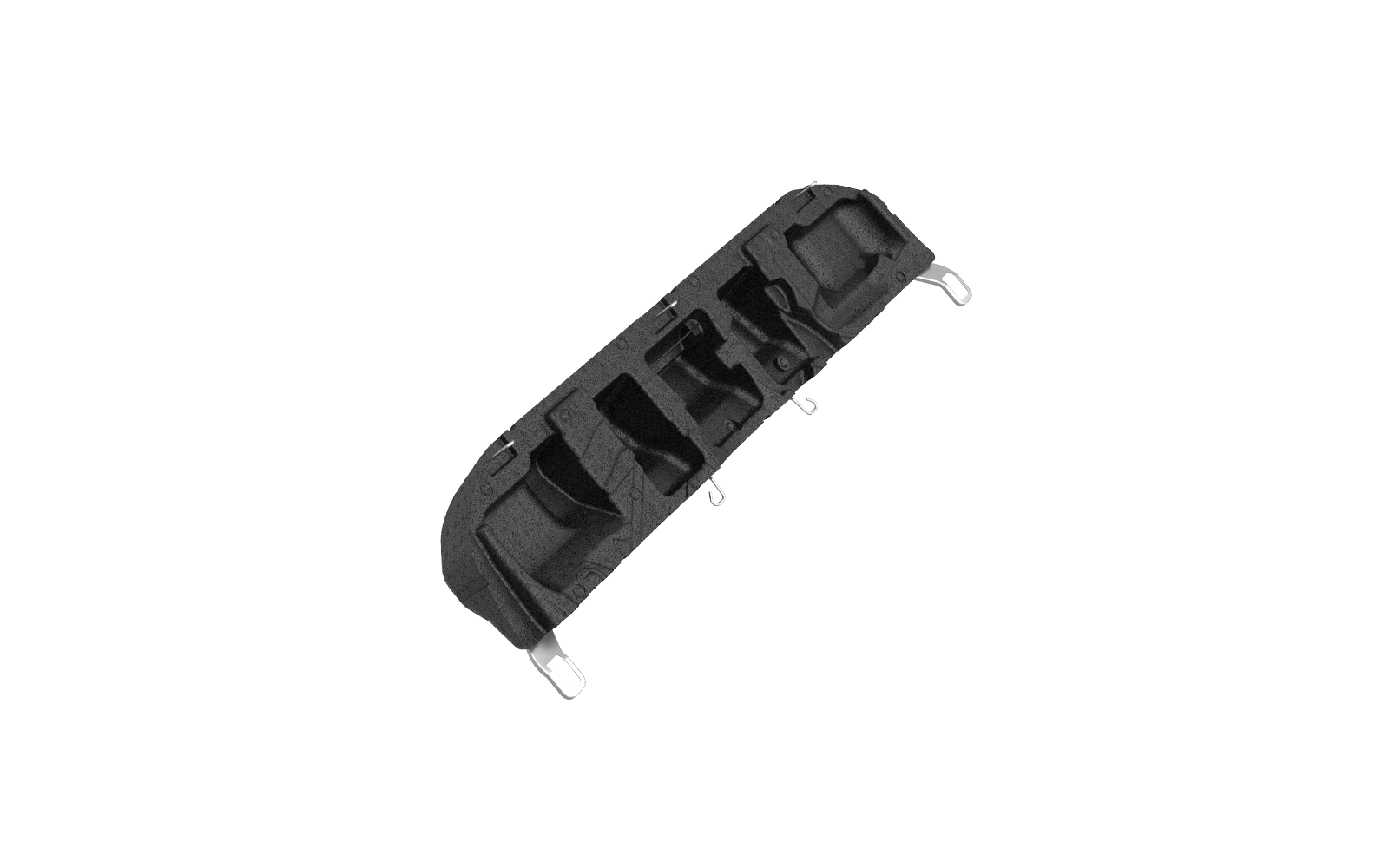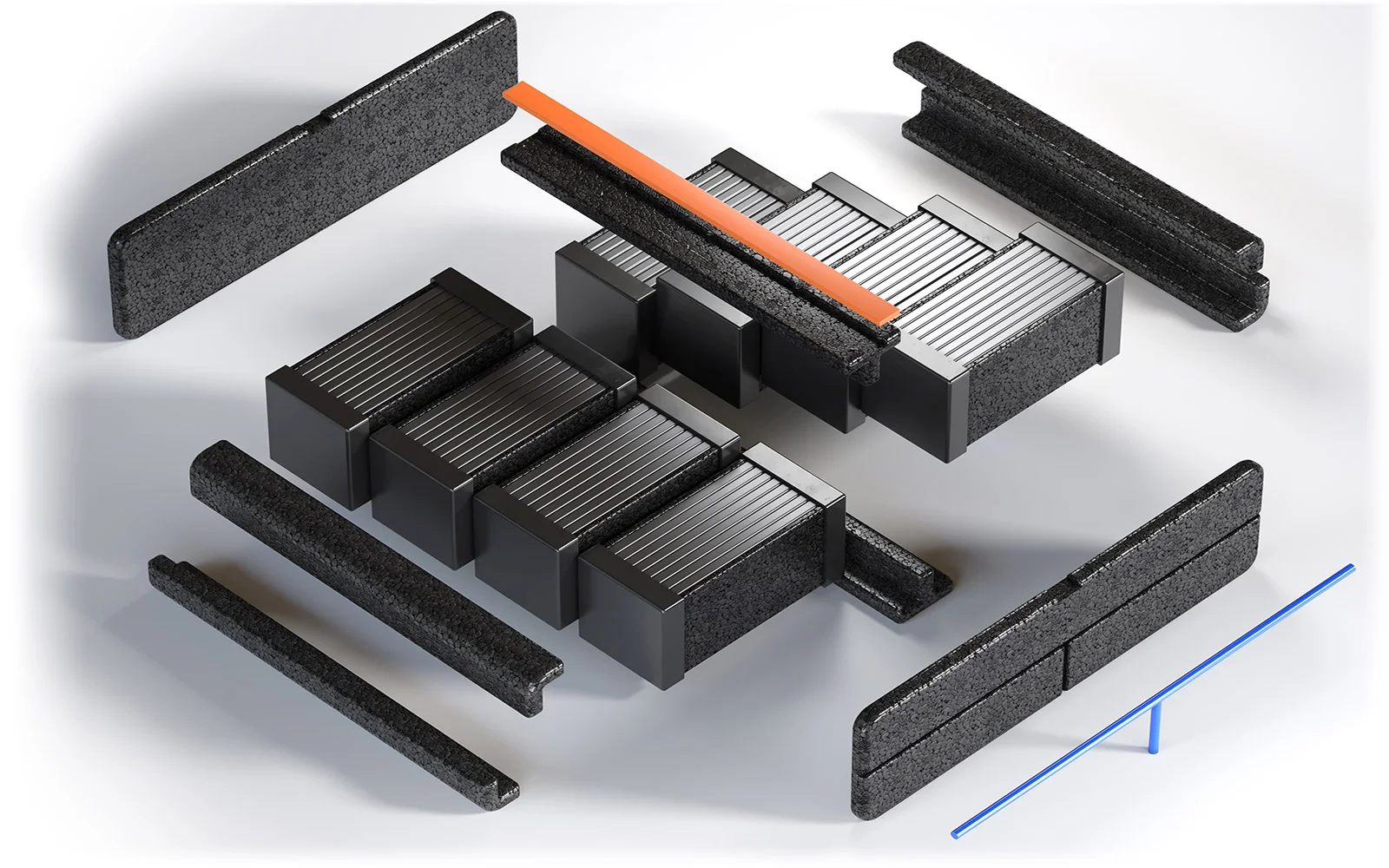Shared, intelligent vehicles and magnetic roads – all indicates that the development of motorization is heading just in this direction. The principal goal is execution of the strategy “zero emission, zero accidents, zero violations of safety and zero mistakes”. In the result of this transformation the automotive branch may change diametrically and its main feature may become the standardization of technologies in many areas.

It is possible that ownership of a private car may be exceptional and will become a hobby or demonstration of a pastime. Communication in large cities may be executed via the use of car-sharing, and the fleets of the companies rendering this type of services will comprise not only electric cars but autonomous vehicles operating in complete, autonomous transport systems as well. The same future is foreseen for transport of the goods where already today tests are performed of semi-autonomous trucks or even the entire columns transporting the goods comprising a pilot-vehicle with a human driver, which is followed by fully autonomous trucks. However before it takes place the whole transport infrastructure must be redeveloped, which may obtain some entirely new functions as well. It is possible that the cars of the future will not be conditioned by the on-board energy source as they will be supplied by special stripes that will generate a magnetic field. Even though all of this may sound as a futuristic vision, some of these trends can already be visible today.
Car-sharing – the future and benefits

Already today the shared cars are nothing new and popularization of this trend results from socioeconomic changes. In the result of migration of people from rural areas to cities the latter become populated more densely. It is forecasted that in 2050 as much as 75% of the world population will inhabit cities. Increased traffic, jams and parking problems are already the daily routine for many inhabitants of large metropolises. Owning of one’s own car becomes more and more troublesome, especially that some cities already limit the possibility of entry for the combustion engine cars to some city districts for the advantage of the electric cars. In this context the economy of sharing provides numerous benefits. Apart from diminishing of the number of cars on streets, it offers the high comfort of use. In 2021 in Europe 2.87 million users had already registered in different kinds of car-sharing applications. The shared cars, however, will not be ordinary cars shared for minutes. The fleets in the future will be supplied with electric and autonomous vehicles, which will transport a user on their own to the indicated address. Transferring to this model of transport may completely remodel the automotive branch. For an average user of the car-sharing services the brand of the car may not have much meaning. Reliability and safety will count mainly, which will be provided by a standard for all the autonomous taxis and proven technology. The car interior will be subject to radical changes, which will require materials and solutions rendering its flexible designing possible.
Autonomous vehicles in the logistics and passenger transport
Even though the autonomous vehicles are spoken much about within the context of the passenger transport they will bring about measureable benefits in the logistics branch. The autonomation of transport will allow to eradicate i.a. such problems as growing shortage of drivers, empty mileage or extended times of deliveries due to the regulations concerning working time of drivers. It is estimated that in case of introduction of the autonomous trucks in Europe they could be operated in the traffic for about 78% of the time while it is about 28% nowadays. At present the tests are performed on intelligent convoys driven by a human driver. The autonomous transport vehicles moving in a short distance behind their pilot could react more precisely to the maneuvers performed by the driver thus increasing smoothness of travelling and diminishing wear of vehicle components. During the next phase they will be able to travel along the express ways and motorways on their own and then exit them to the hubs located by their sides where their control could be taken over by human drivers. The solutions like this can be implemented full scale already since 2030 as far as the relevant infrastructure – of both IT as well as road infrastructure is constructed.
Ranges of electric cars – electric motorways and modern materials

The next trend, which is developing very intensely even today are alternative vehicle propulsion technologies, which will allow for limiting emissivity of transport. Electric cars, hybrids or vehicles propelled with hydrogen have already become the reality, however, a certain limitation in their wider use also outside the city, is their short range. One of the solutions can be cordless charging of the electric vehicles, This idea was conceived e.g. at Stanford University where a concept of Energy inducers was developed. They were to be installed under the surface of a road and in the United Kingdom there were even pilot tests conducted of supplying an electric car using inductive chargers located on the external road stripe. However cars like this must be very light in order to require the smallest energy amount to move. Already today the car silhouettes are changing and traditional „heavy” materials that have been used till now such as metal and glass are gradually displaced with modern expanded plastic materials , which combine excellent strength and insulating properties with small weight.
Innovative expanded plastic materials at the head of the revolution
The material, which has allowed for a substantial breakthrough in the field of reduction of the vehicle own weight is the expanded polypropylene (EPP). Even today it is applied i.a. in production of car seats, door filling and roof lining and also of the passive safety system elements. This plastic material is composed in 50% of the air and at the same time it features a very durable structure, which does not fall into pieces or fracture. Under a stress the EPP material deforms to return immediately to its former shape. Its excellent thermal insulation properties result in the fact that it protects perfectly sensitive ducts against shocks and extreme temperatures. Thanks to this it is willingly applied in the autonomous vehicles and in electric cars. The Knauf Industries also produces from it special car battery sets, which comprise special battery cell insulators, cable guides and fixing elements as well as complete housings of the electric car batteries The EPP formation technology enables economic and fast production of even very small parts and allows for their adapting to individual demands in each detail. Thanks to this it fits perfectly into the current and future trends of development of the automotive industry.